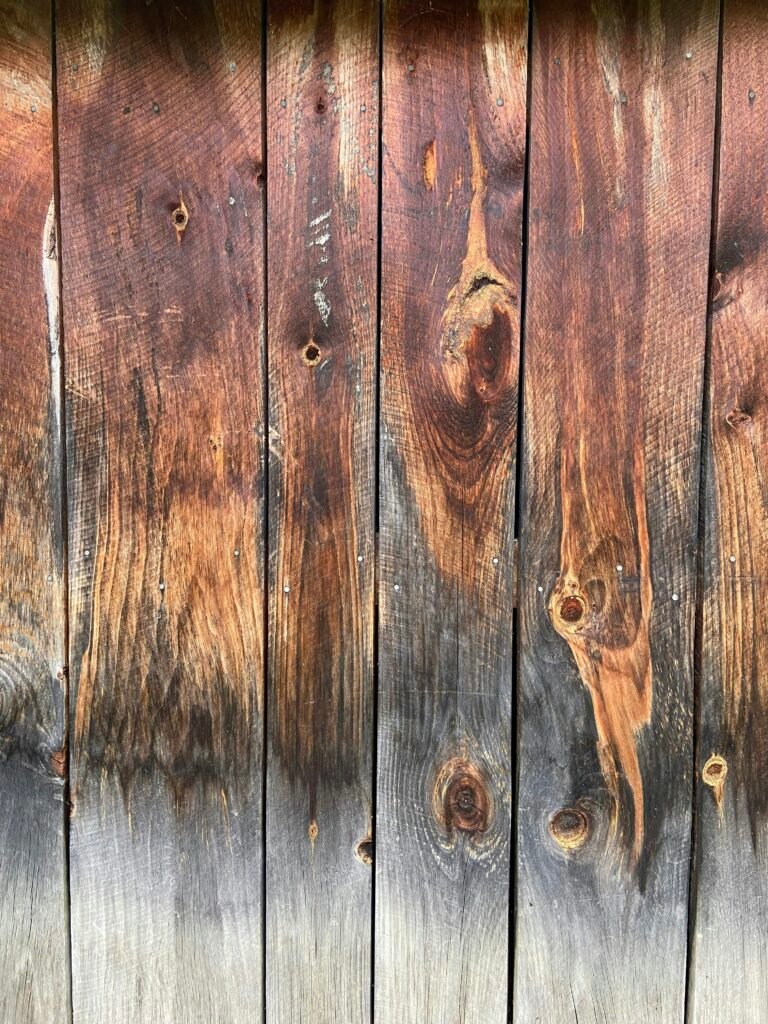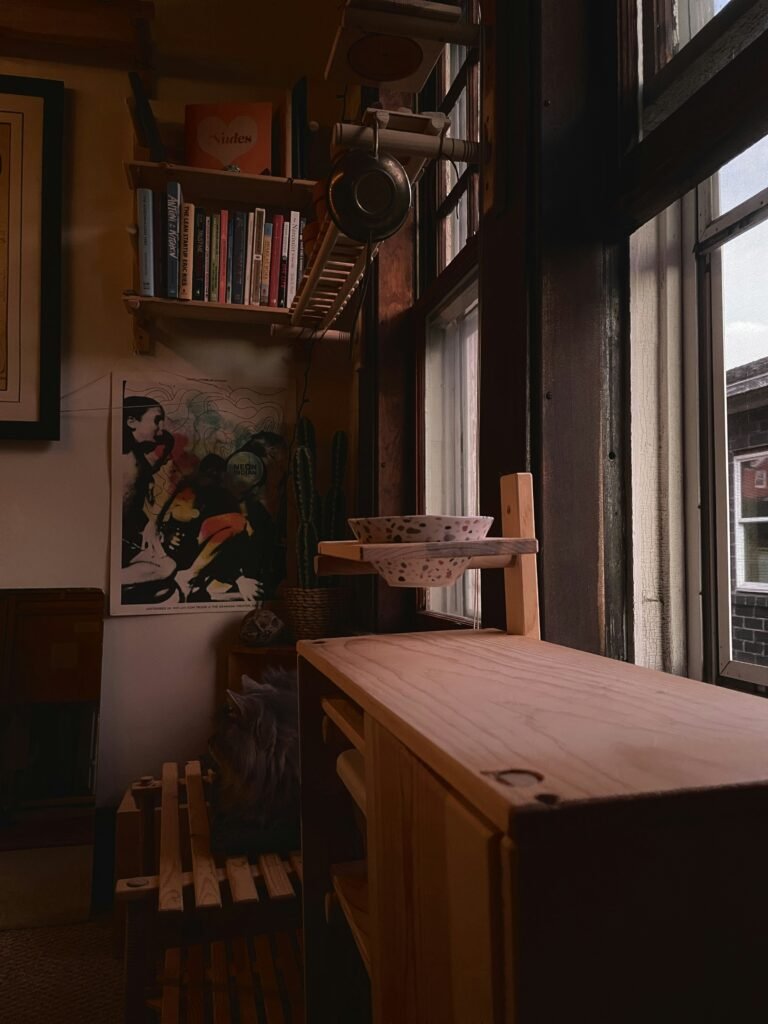
Maintaining the beauty and longevity of your hardwood floors can be a breeze with the right cleaning techniques. From eliminating dirt and dust to preventing scratches and damage, this article will guide you through the most effective ways to keep your hardwood floors gleaming. Whether you’re a proud owner of classic oak or modern bamboo flooring, get ready to discover the secrets to achieving a spotless and polished look that will leave your guests in awe.
Preventing Damage
Hardwood floors are a beautiful and valuable investment for your home, so it’s important to take preventative measures to avoid damage. One of the simplest ways to protect your floors is by using rugs and mats in high-traffic areas. These rugs act as a barrier between your hardwood and potential scratches or wear that could occur from footsteps or furniture movement. By placing rugs strategically throughout your home, you can ensure that your hardwood floors stay in pristine condition.
In addition to using rugs and mats, it’s also crucial to avoid high heels and heavy furniture on your hardwood floors. High heels can create small dents or scratches, while heavy furniture can cause deep indentations. To prevent these types of damages, it’s best to request that your guests remove their shoes before entering your home. Furthermore, if you have furniture that is particularly heavy, consider using furniture pads under the legs. These pads distribute the weight more evenly and protect your floors from unnecessary damage.
Regular buffing and polishing of your hardwood floors will also help to maintain their beauty. Buffing removes surface scratches and evens out the floor’s appearance, while polishing adds a protective layer to prevent future damage. By doing these simple maintenance tasks on a regular basis, you can significantly extend the lifespan of your hardwood floors.
Sweeping and Vacuuming
Regular sweeping and vacuuming are essential for keeping your hardwood floors clean and free of dirt and debris. However, it’s crucial to take the right approach when it comes to these cleaning methods. When sweeping, it’s best to use a soft broom with natural fibers that won’t scratch or damage the hardwood. Avoid using brooms with stiff bristles or harsh materials that could cause unwanted scratches.
If you prefer to use a vacuum cleaner, make sure to use a soft brush attachment specifically designed for hardwood floors. Beater bars, commonly found on standard vacuum cleaner attachments, can cause scratches and scuffs on the surface. The gentle bristles of a soft brush attachment will effectively pick up dirt and dust without harming your floors.

This image is property of images.unsplash.com.
Mopping
Mopping is an excellent way to thoroughly clean your hardwood floors and remove any stubborn dirt or grime. However, it’s crucial to use the right techniques and tools to prevent damage. Start by using a damp mop rather than soaking it in excessive water. Hardwood floors are not fond of excessive moisture, so it’s essential to wring out the mop thoroughly. A damp mop will still be effective in cleaning, but it won’t saturate the wood and cause long-term damage.
Choosing the right cleaner for your hardwood floors is also important. Avoid using harsh chemicals or abrasive cleaners, as they can strip away the protective finish or cause discoloration. Instead, opt for a cleaner specifically designed for hardwood floors. These cleaners are gentle yet effective at removing dirt and maintaining the natural beauty of your floors.
Removing Stains
Accidents happen, and spills are bound to occur on your hardwood floors. The key to minimizing damage is to treat the spills immediately. Prompt action can prevent liquids from seeping into the wood and causing stains or warping. Use a clean cloth or paper towel to blot the spill gently, avoiding any rubbing motion that could spread the liquid.
When it comes to cleaning stains on hardwood floors, it’s best to use gentle cleaners. Harsh chemicals or abrasive scrubbing can damage the finish or even penetrate the wood. Look for cleaners that are specifically formulated for hardwood floors or try homemade remedies. For example, a mixture of vinegar and water can be effective in removing various stains. Always test any new cleaner or remedy on a small, inconspicuous area of your hardwood floor before applying it to the entire surface.

This image is property of images.unsplash.com.
Dealing with Scratches
Though hardwood floors are durable, they are not impervious to scratches. Thankfully, there are several techniques you can use to repair and minimize the appearance of scratches. For surface-level scratches or small marks, touch-up markers or pens are an excellent solution. These markers are specially designed to match the color of your hardwood floors and can seamlessly cover up minor imperfections.
For deeper scratches or gouges, wood filler is an effective option. Using a putty knife, apply the wood filler to the damaged area and smooth it out to create an even surface. Once the wood filler has dried, you can sand the area gently to blend it with the surrounding floor. Finally, apply a protective finish or a layer of polish to ensure a consistent appearance.
In some cases, if the scratches are widespread or the floor has lost its luster, sanding and refinishing may be necessary. Sanding removes the top layer of the hardwood, including scratches and imperfections, while refinishing restores the floor’s original beauty. Consider seeking professional help for this extensive process to ensure the best results.
Polishing
Polishing your hardwood floors not only enhances their appearance but also adds a protective layer. Before polishing, it’s crucial to choose a suitable polish for your specific type of hardwood. There are several options available, including oil-based, water-based, and wax-based polishes. Each type has its advantages, so it’s essential to research and select one that suits your floor’s needs.
When applying the polish, use a microfiber cloth to ensure even distribution and avoid any lint or residue. Begin at one corner of the room and work your way towards the exit to prevent stepping on the freshly polished floor. Apply the polish in thin, even layers, following the manufacturer’s instructions. Once the polish has dried, use a clean, dry microfiber cloth to buff the surface gently. This buffing process will give your hardwood floors a beautiful shine and help maintain their appearance.

This image is property of images.unsplash.com.
Deep Cleaning
While regular maintenance goes a long way in keeping your hardwood floors clean, occasional deep cleaning is necessary to remove stubborn dirt and grime that may have accumulated over time. Deep cleaning involves stripping the floor, cleaning it with a hardwood floor cleaner, and finishing with a clear water rinse.
To strip the floor, you’ll need a gentle stripper specifically formulated for hardwood floors. Follow the instructions provided by the manufacturer to remove any residue, wax buildup, or previous finishes. Once the floor has been stripped, use a hardwood floor cleaner and a damp mop to thoroughly clean the surface. Finally, finish the process with a clear water rinse to ensure that no residue is left behind. Allow the floor to dry completely before walking on it or applying any additional products.
Protective Measures
In addition to regular cleaning and maintenance, taking protective measures can significantly extend the lifespan of your hardwood floors. One simple step is to use furniture pads under the legs of your furniture. These pads create a barrier between the furniture and the floor, reducing the risk of scratches or dents when moving or rearranging furniture.
For heavy furniture, it’s wise to place rugs or mats underneath to distribute the weight more evenly. This extra layer of protection prevents the furniture from creating deep indentations or scratches on your hardwood floors. Additionally, avoiding wearing outdoor shoes indoors can go a long way in preventing dirt, grit, and damage from being tracked onto your floors.
Regular Maintenance
To ensure the longevity and beauty of your hardwood floors, regular maintenance is key. Dusting and sweeping your floors daily removes dirt and debris that could potentially scratch the surface. Use a soft microfiber dusting cloth or a broom with natural fibers to gently remove dust and dirt without causing damage.
Mopping your hardwood floors once a week helps to keep them clean and free from grime. Remember to use a damp mop and avoid excessive water that could seep into the wood. A gentle hardwood floor cleaner or homemade solution, along with a wrung-out mop, will effectively clean the floors without causing any harm.
While completing your regular cleaning routine, be sure to check for signs of damage such as scratches, dents, or discolored areas. Identifying and addressing these issues early can prevent further damage and allow you to take appropriate action to restore your floors.
Professional Cleaning
While regular cleaning and maintenance can keep your hardwood floors in good condition, there may come a time when professional assistance is needed. Professional cleaning services have the expertise and specialized equipment to deep clean and restore your hardwood floors. Consider scheduling professional cleaning periodically to remove stubborn stains, dirt buildup, or to rejuvenate the floor’s appearance.
Along with professional cleaning, it’s worth considering annual refinishing for your hardwood floors. Refinishing involves sanding off the top layer of the wood and applying a new protective finish. This process can help remove deep scratches, restore the floor’s natural beauty, and provide an added layer of protection. Consult with flooring experts to determine the appropriate timing and frequency for refinishing based on your specific hardwood floor type and level of wear.
If you have any questions or concerns about your hardwood floors, don’t hesitate to seek advice from flooring experts. They can provide valuable insights and recommend the best cleaning techniques and products for your specific hardwood floor type. By following their guidance and incorporating these effective cleaning techniques into your routine, you can enjoy beautiful and well-maintained hardwood floors for years to come.

